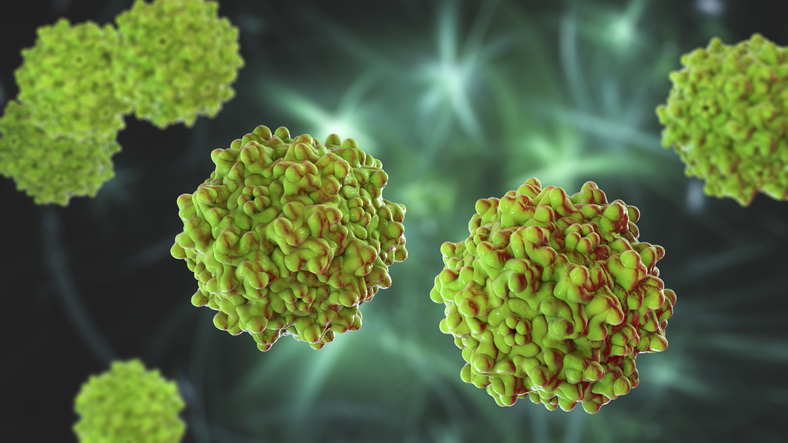Breakthrough in Gene Therapy: Nanoneedle Tech Could Revolutionize Viral Vector Production

Breakthrough Nanoneedle Technology Revolutionizes Viral Genome Analysis
Scientists have developed a groundbreaking nanoneedle technology that promises to transform our understanding of viral populations. This innovative approach enables researchers to precisely measure and distinguish between complete viral genomes and various partial viral species in a single, comprehensive analysis.
The cutting-edge technique provides unprecedented insights into viral composition, allowing researchers to simultaneously quantify true, full viral genomes alongside different fragmented viral variants. By offering a more nuanced and detailed view of viral populations, this technology opens new frontiers in virology, potentially accelerating diagnostic and research capabilities.
Unlike traditional methods that may overlook subtle viral variations, nanoneedle technology delivers a high-resolution snapshot of viral genetic diversity. This breakthrough could prove critical in understanding viral mutation patterns, tracking disease progression, and developing more targeted therapeutic interventions.
Researchers believe this technology represents a significant leap forward in our ability to comprehensively analyze viral genetic landscapes, promising more precise and sophisticated approaches to viral research and medical diagnostics.

